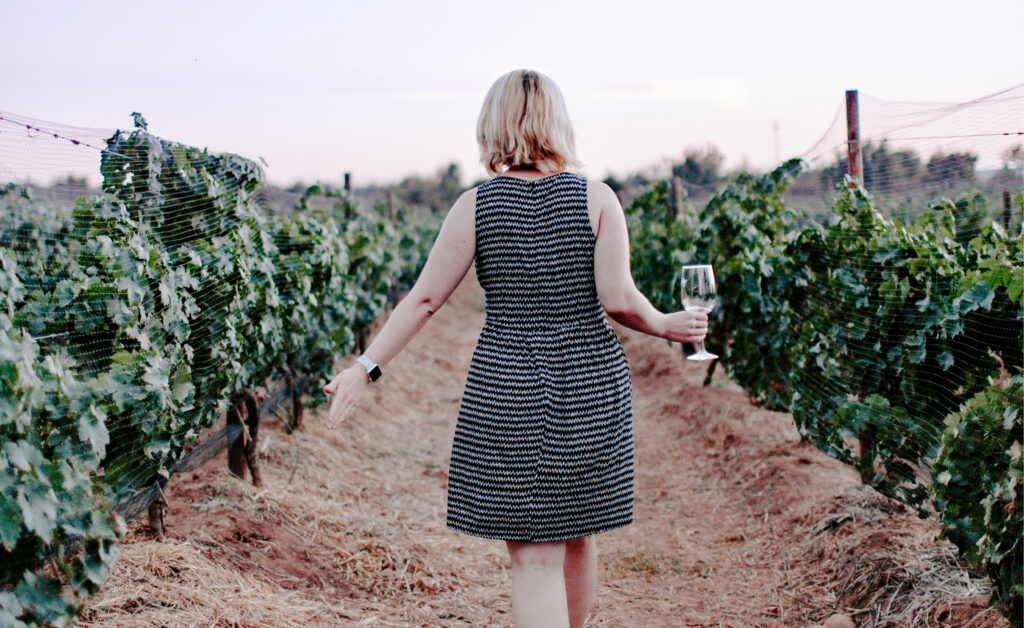by Tilar J. Mazzeo –
The New York Times wine critic Eric Asimov recently wrote an editorial “Why You Should Drink Wine” (25/06/2024). Naturally, I found this click-bait irresistible. These two sentences caught my attention: “I don’t want to … question the credibility of the World Health Organization, which published the 2023 study asserting that even moderate consumption of alcohol was unhealthy. Others have tried to do that.”
Huh. I was curious. I was not aware that there was scientific debate about this.
But apparently there is. There’s one camp of researchers who are in the “there is no safe level of alcohol” camp and advocate for abstinence-focused public-policy messaging. There’s another camp of researchers who say this misrepresents the scientific data by confusing relative risk and absolute risk and that it’s ineffective public-health communications. Who is right? You decide. The most surprising article I came across was written by Professor David Spiegelhalter, a statistician and the chair of the Winton Centre for Risk and Evidence Communication at Cambridge University, whose stated mission is “To inform, not persuade.” It’s called “The Risks of Alcohol (Again),” and you can (and should) read it yourself: https://tinyurl.com/5xs6bkha.
I was curious, in part, because the public-health messaging in Canada and in British Columbia is clearly in the “there is no safe level of alcohol” camp. What does this other camp look like? Well, the weighty issue is one of communication. Professor Spiegelhalter uses the example of a study from the prestigious medical journal Lancet, and points out that it is equally accurate, depending on how you are measuring and communicating risk, to say that “compared to non-drinkers an extra 63 (977–914) in 100,000 people experience a health problem each year” and to say a “total of 50,000 bottles of gin among these 1,600 people is associated with one extra health problem.”
The same data can be presented in ways that give a very different perception of risk, and here’s where the problem arises: what if you have a climate in which there is low public trust in institutions and a citizen starts to wonder whether the way in which data is presented is not neutral? According to Stats Canada (2023), fewer than a third of us have good or great levels of confidence in the federal parliament or the Canadian media. If you missed Jen Gerson’s excellent article in The Globe and Mail – “Sometimes Conspiracy Theorists Get Things Sort of Right” (05/05/2024) – it’s worth reading up on this.
In the wine and spirits industry, there is a lot of lobbying that goes on. An arched eyebrow is not unreasonable. Pro-industry lobbyists and industry-funded research is ranged on one side. Neo-temperance ideologues like Movendi, who provide policy recommendations to institutions like the World Health Organization, are ranged on the other side.
Caught in the middle of all this are consumers and citizens and, yes, oenophiles, mixologists and wine writers, wishing for better science communications.




